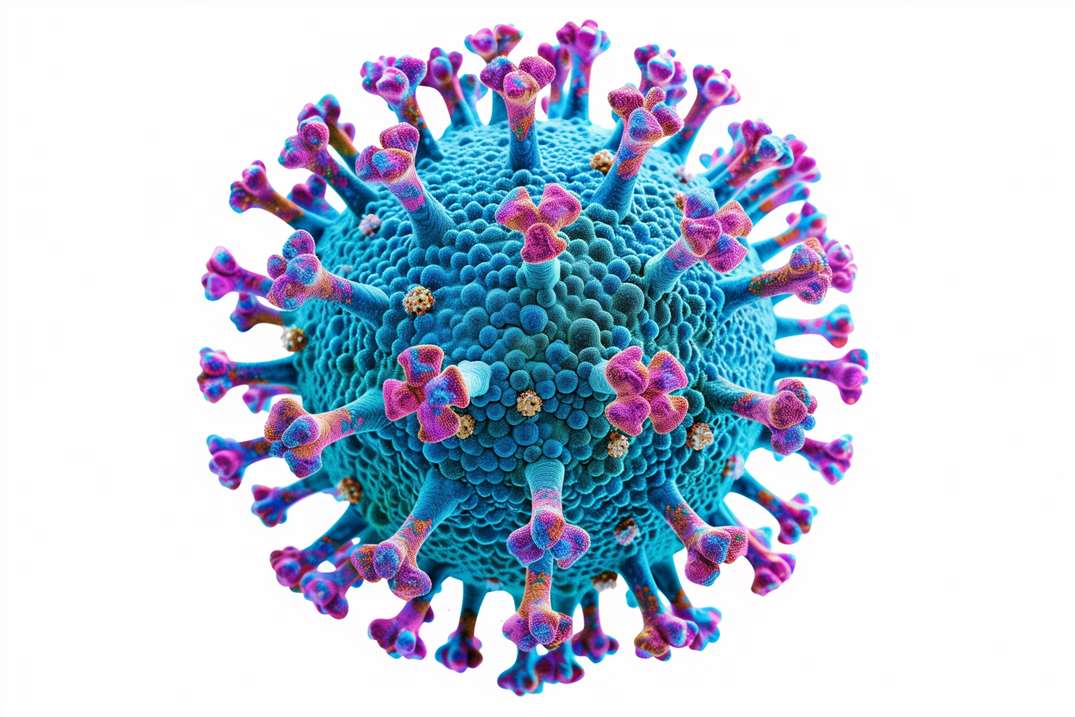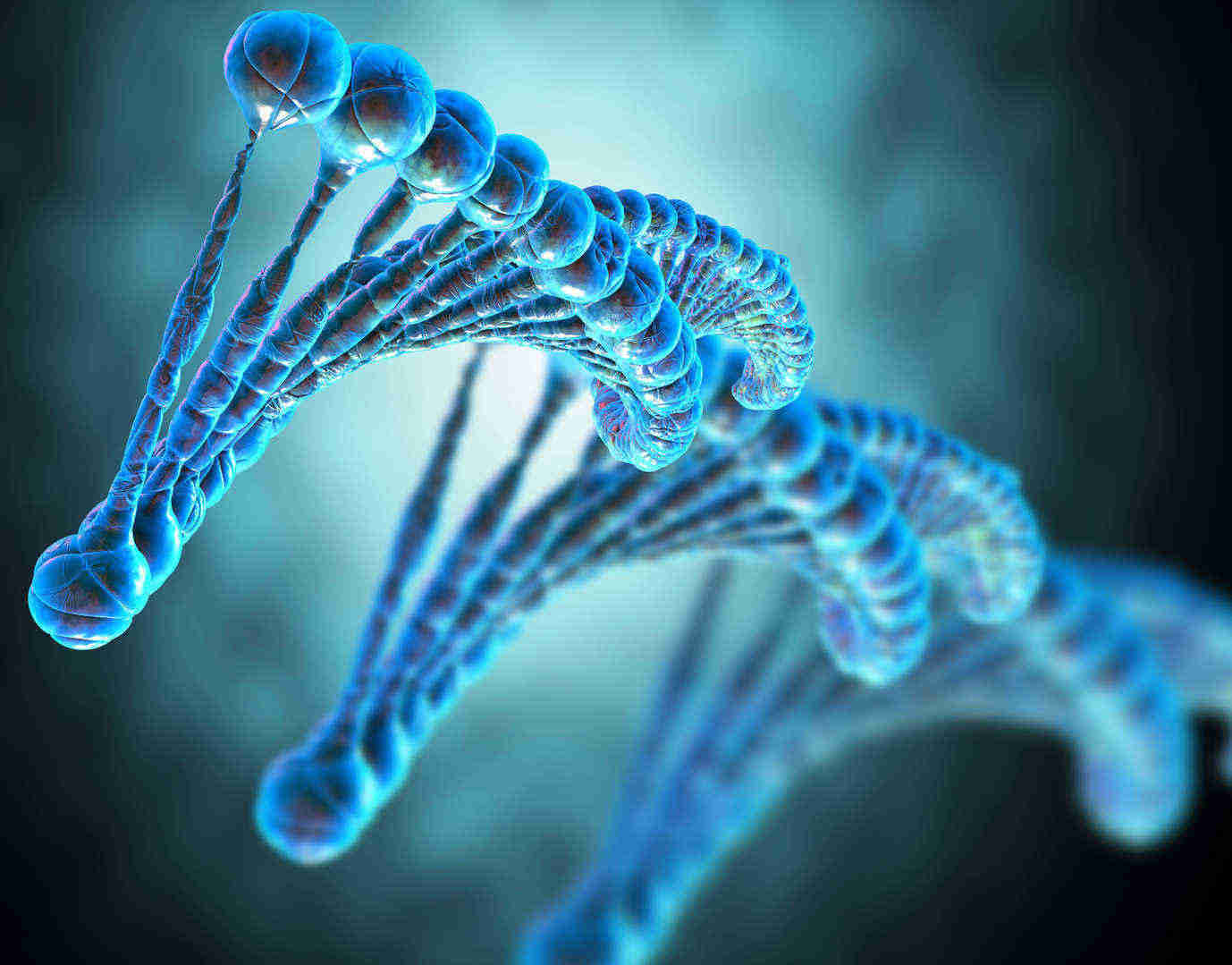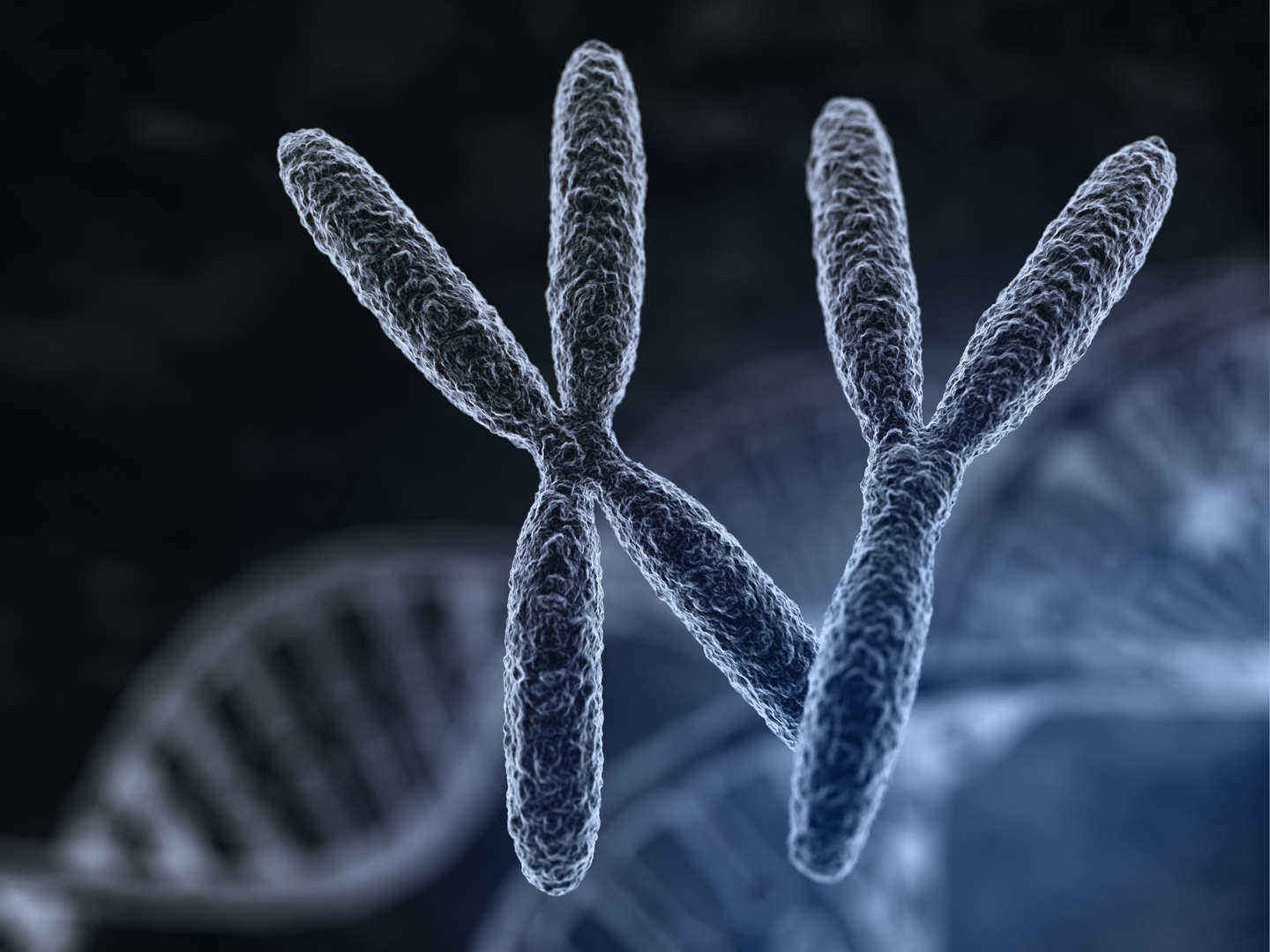At CD BioSciences, our Viral Engineering Platform is engineered to meet the complex needs of HHV (human herpesvirus) research, facilitating the development of innovative therapeutic and diagnostic strategies. Built on advanced molecular virology and synthetic biology capabilities, this platform enables precise manipulation of HHV genomes to support recombinant virus construction, gene knockouts/knockins, reporter virus generation, and other custom-engineered viral tools.
Our platform supports a wide range of HHV species—including alpha-, beta-, and gamma-herpesviruses—making it a powerful asset in preclinical drug screening, vaccine development, antiviral mechanism studies, and immune modulation research.
Platform Capabilities
Recombinant Virus Construction
We offer full-spectrum engineering of recombinant herpesviruses using BAC (bacterial artificial chromosome)-based systems, homologous recombination, and CRISPR/Cas9-assisted genome editing. Applications include:
- Insertion of reporter genes (e.g., GFP, luciferase) for live-cell tracking and viral quantification.
- Tagging of viral proteins for localization or interaction studies.
- Generation of mutant strains (e.g., gene deletions, point mutations) for functional characterization.
This approach ensures stable viral genome manipulation and scalability for downstream in vitro and in vivo studies.


Site-Specific Mutagenesis
For detailed mechanistic investigations, our team provides targeted mutagenesis services including:
- Alanine scanning mutagenesis
- Regulatory element disruption
- Epitope modification for immunogenicity analysis
We apply these tools to elucidate gene function, map host-pathogen interactions, and validate antiviral targets.
Reporter Virus Design & Production
To support high-throughput antiviral screening and kinetic assays, we specialize in the development of reporter herpesviruses, including:
- GFP- or mCherry-expressing viruses for microscopy-based quantification.
- Luciferase-tagged viruses for high-sensitivity in vitro and in vivo imaging.
- Dual-reporter systems for infection and replication monitoring.
All constructs are validated for titer, replication kinetics, and reporter signal integrity in relevant cell systems.


Conditional Gene Expression Systems
Using tetracycline-inducible, Cre-loxP, and other regulatory systems, we create conditionally replicating or expressing viruses. This is particularly valuable for:
- Investigating essential genes
- Developing replication-defective viral vectors
- Designing safety features for preclinical therapeutic applications
Viral Vector Optimization
We assist clients in engineering HHV-based viral vectors with therapeutic or vaccine potential. Services include:
- Vector backbone design (e.g., deletion of lytic genes, payload insertion sites)
- Transgene cassette optimization (e.g., codon usage, promoter selection)
- Evaluation of packaging capacity, transgene stability, and immune evasion properties

Applications in HHV Research
Our Viral Engineering Platform directly supports a wide range of HHV-focused R&D programs:
| Application Area | Description |
| Antiviral Drug Discovery | Mutant viruses to probe target specificity and drug resistance mechanisms. |
| Vaccine Candidate Development | Attenuated or replication-deficient constructs for immunogenicity testing. |
| Pathogenesis Studies | Reporter viruses for real-time tracking of infection and latency. |
| Host-Virus Interaction | Gene knockouts or tagged proteins for studying molecular interactions. |
| Gene Therapy & Delivery | HSV-based vectors engineered for CNS or tumor targeting. |
Advantages of CD BioSciences
- Herpesvirus Specialization: Unlike general viral CROs, our platform is dedicated exclusively to HHV, ensuring high biosafety standards and biological relevance.
- Custom-Built Solutions: All engineering projects are tailored to your research goals, including platform consultation, construct design, validation, and pilot-scale production.
- Full Regulatory Traceability: All materials and processes are documented to support IND-enabling studies.
- Integrated Services: Our platform seamlessly connects to other CD BioSciences capabilities (e.g., infection modeling, screening, animal models), enabling streamlined study pipelines.
Workflow Overview
Consultation
Define target virus species, engineering objectives, and downstream assays.
Design Phase
Bioinformatics-driven design of engineering strategy and vector backbones.
Cloning & Recombination
BAC cloning, CRISPR/Cas9 editing, or homologous recombination.
Validation
Sequencing, expression, viral titration, and replication kinetics testing.
Virus Production & QC
Pilot-scale production, purification, and full QC documentation.
Optional: Assay Integration
Transfer of engineered viruses into infection or screening models.
Supported HHV Types
Our platform currently supports engineering of the following herpesviruses:
- Alpha-herpesviruses: HSV-1, HSV-2, VZV
- Beta-herpesviruses: HCMV, HHV-6A/B, HHV-7
- Gamma-herpesviruses: EBV, KSHV/HHV-8
Each viral system is optimized for manipulation using species-specific tools and propagation protocols.
Quality Assurance and Compliance
All engineered viruses are produced under rigorous quality control protocols. While our services are for research and preclinical purposes only, our documentation and methods follow industry best practices aligned with GLP-like standards to facilitate translation into IND-enabling studies.
References
- Warden C, Tang Q, Zhu H. Herpesvirus BACs: past, present, and future. J Biomed Biotechnol. 2011;2011:124595. doi:10.1155/2011/124595
- Wang JT, Doong SL, Lee CH. Herpes Simplex Virus as a Platform for Therapeutic Applications. Viruses. 2020;12(7):736. doi:10.3390/v12070736
- Brune W, Messerle M. Manipulating Cytomegalovirus Genomes by BAC Mutagenesis. In: Cytomegaloviruses. 2013. Springer.
- Heldwein EE, Krummenacher C. Entry of herpesviruses into mammalian cells. Cell Mol Life Sci. 2008;65(11):1653-1668.
- Tischer BK, Kaufer BB. Viral bacterial artificial chromosomes: generation, mutagenesis, and removal of mini-F sequences. J Biomed Biotechnol. 2012;2012:472537.